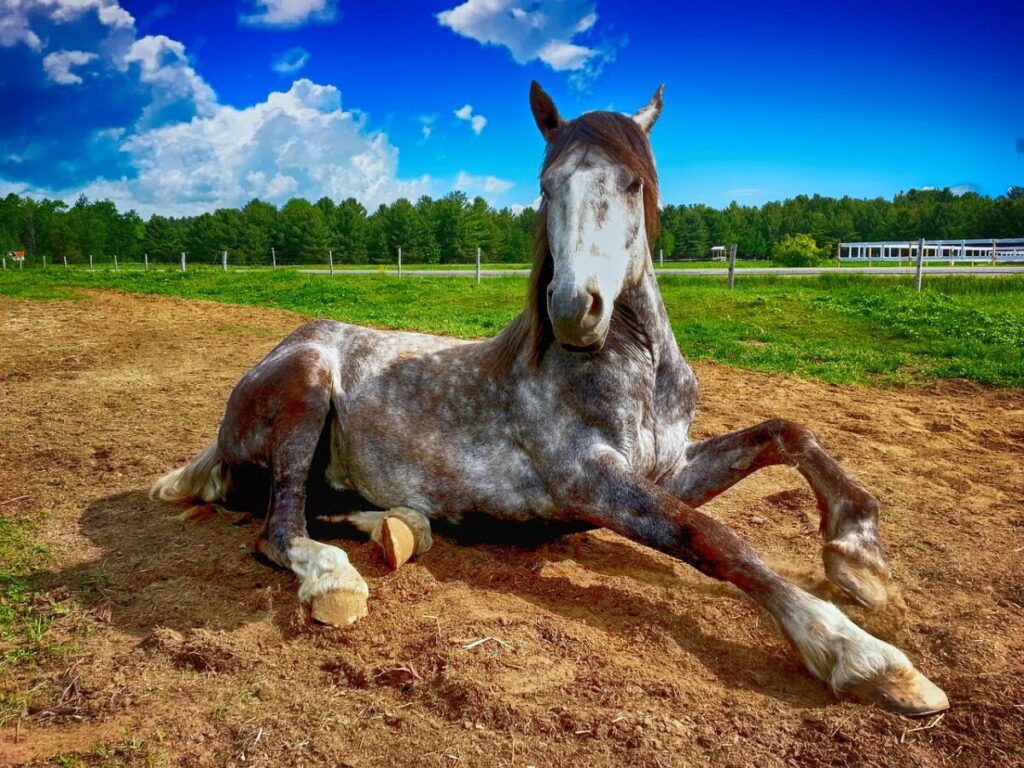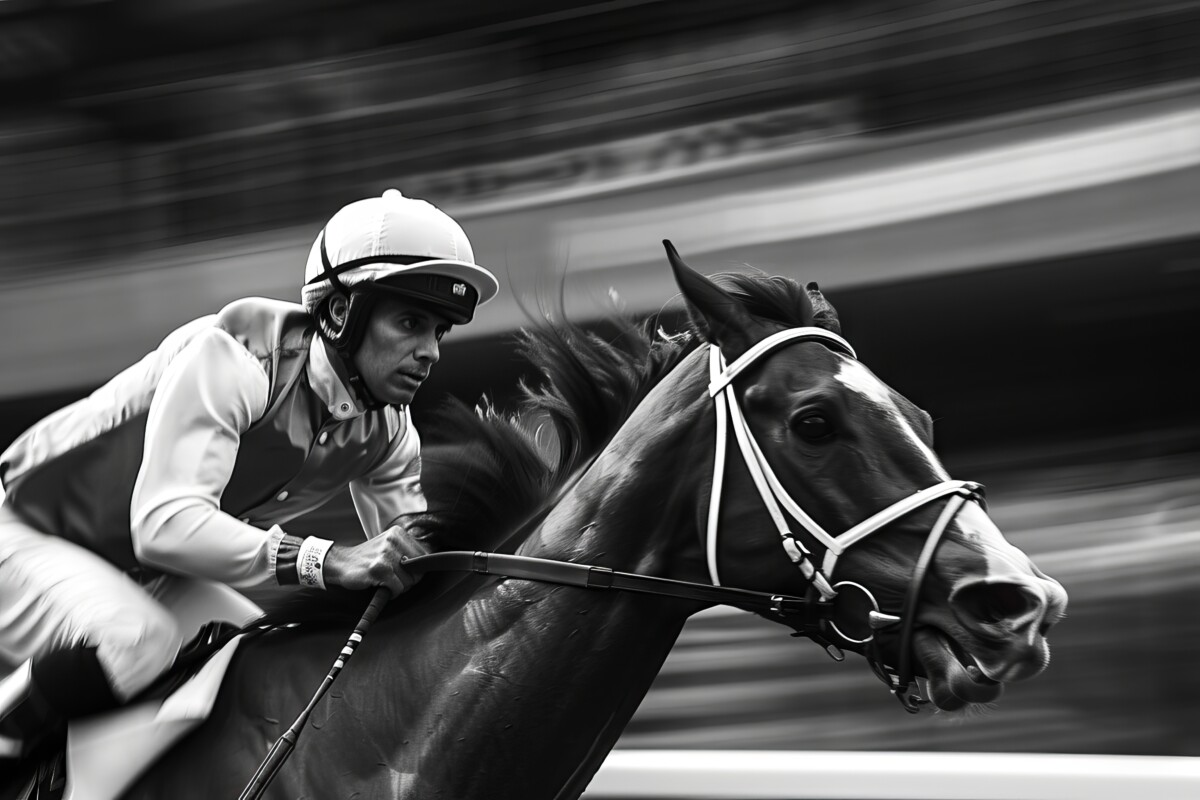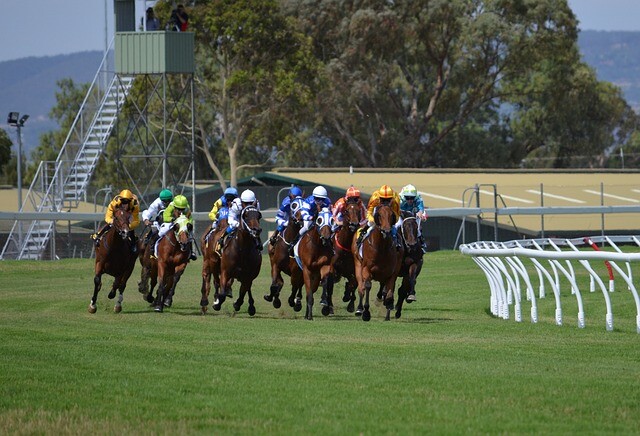How are racehorses trained for top performance?
 Training a racehorse for top performance is a delicate balance of science, experience, and instinct. These animals are extraordinary athletes, capable of remarkable speed and stamina, but unlocking their full potential requires a comprehensive approach that nurtures both their physical abilities and mental resilience.
Training a racehorse for top performance is a delicate balance of science, experience, and instinct. These animals are extraordinary athletes, capable of remarkable speed and stamina, but unlocking their full potential requires a comprehensive approach that nurtures both their physical abilities and mental resilience.
The foundation of racehorse training begins long before they ever step onto the track. From an early age, young horses are introduced to basic handling and groundwork, learning to trust humans and respond to commands. This initial phase is crucial, as it sets the tone for their future training. By the time they are ready to start more intensive work, usually around two years old, they will already have a sense of balance, coordination, and responsiveness that is essential for their safety and progress.
It’s good to know that racehorses are so much different in training and care than regular horses. Certain sites with expert horse racing tips have all that in mind when they propose punters’ tips and odds of the day. Such reports must contain pundits’ analyses in combination with updated and relevant information on horses’ preparations for races; AI tools are making things easier in this sense, as they can gather the updates in no time and benefit both punters and ordinary viewers.
But building a racehorse’s fitness is a gradual process. Training begins with walking and trotting to develop strong bones, ligaments, and muscles.
As they progress, horses are introduced to cantering and galloping, with trainers carefully monitoring their workload to avoid overexertion or injury.
Long, steady gallops help build stamina, while shorter, faster sprints improve speed and anaerobic capacity. The goal is to prepare the horse for the physical demands of racing without causing undue strain.
Diet and nutrition also play a role in achieving peak performance. Racehorses require a carefully balanced diet rich in high-quality forage, grains, and supplements tailored to their specific needs. Proteins are vital for muscle development, while fats provide a concentrated source of energy. Electrolytes help replace those lost through sweat, especially after intense workouts. Regular assessments of a horse’s condition ensure they maintain the right weight and energy levels throughout their training programme.
Equally important to a racehorse’s success is mental conditioning. Horses are intelligent and sensitive creatures, and their training must account for their psychological well-being. Building trust between the horse and their trainer or rider is essential, as it fosters confidence and cooperation. Many trainers incorporate variety into training routines, such as hacking out on trails or incorporating time in a paddock, to keep horses mentally fresh and avoid burnout.
A critical aspect of training is teaching horses how to handle the unique pressures of racing. Gate training, for instance, helps them become comfortable entering and exiting the starting stalls. This is often achieved through gradual desensitisation, rewarding calm and cooperative behaviour. Horses are also exposed to the sounds and sights of a racetrack to accustom them to the excitement and potential stress of race day.
Monitoring a horse’s health and fitness is a continuous process throughout their training. Modern technology, such as heart rate monitors and GPS trackers, allows trainers to track performance metrics and adapt their programmes accordingly. Regular veterinary check-ups and physiotherapy sessions help detect and address any issues early, making sure the horse remains in peak condition.


 Foaled on April 26, 1990, See More Business was one of the outstanding steeplechasers of his generation and was credited by now 14-time champion trainer Paul Nicholls as the ‘foundation’ of his training career. In his heyday, the son of Seymour Hicks was awarded a Timeform Annual Rating of 182, which, a decade after his death on July 24, 2014, places him co-thirteenth on the list of highest-rated steeplechasers since the early sixties, alongside the likes of triple Cheltenham Gold Cup winner Best Mate.
Foaled on April 26, 1990, See More Business was one of the outstanding steeplechasers of his generation and was credited by now 14-time champion trainer Paul Nicholls as the ‘foundation’ of his training career. In his heyday, the son of Seymour Hicks was awarded a Timeform Annual Rating of 182, which, a decade after his death on July 24, 2014, places him co-thirteenth on the list of highest-rated steeplechasers since the early sixties, alongside the likes of triple Cheltenham Gold Cup winner Best Mate. For the uninitiated, Honeysuckle is, at the time of writing, a ten-year-old mare, formerly trained by Henry De Bromhead in Knockeen, County Waterford, but retired to stud following her Cheltenham Festival farewell, when winning the David Nicholson Mares’ Hurdle, in March 2023. That was, in fact, her second victory in the race in which she opened her Cheltenham Festival account four years earlier, with a hard-fought half-length victory over the odds-on favourite, Benie Des Dieux, trained by Willie Mullins.
For the uninitiated, Honeysuckle is, at the time of writing, a ten-year-old mare, formerly trained by Henry De Bromhead in Knockeen, County Waterford, but retired to stud following her Cheltenham Festival farewell, when winning the David Nicholson Mares’ Hurdle, in March 2023. That was, in fact, her second victory in the race in which she opened her Cheltenham Festival account four years earlier, with a hard-fought half-length victory over the odds-on favourite, Benie Des Dieux, trained by Willie Mullins.